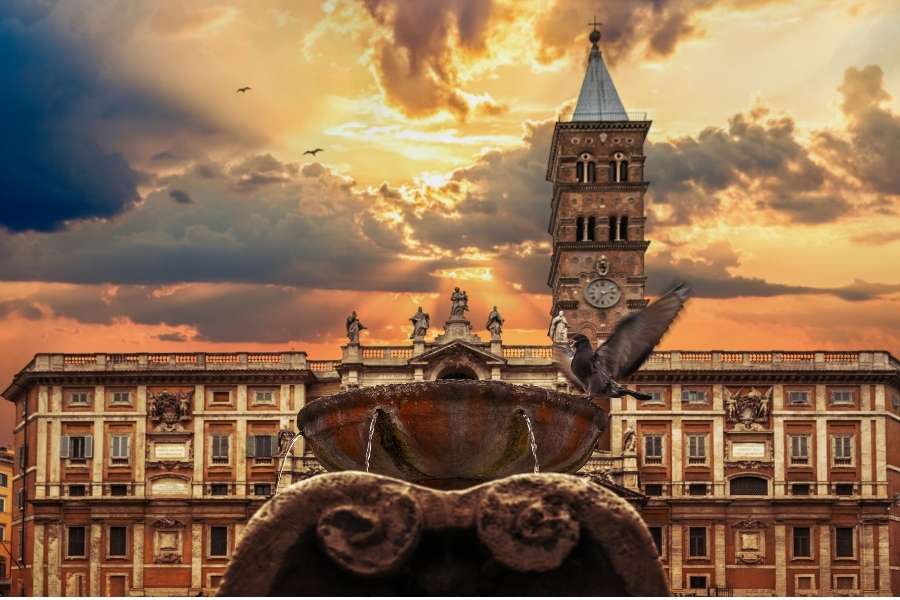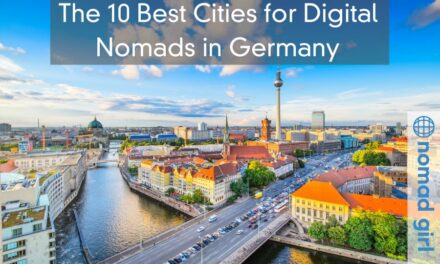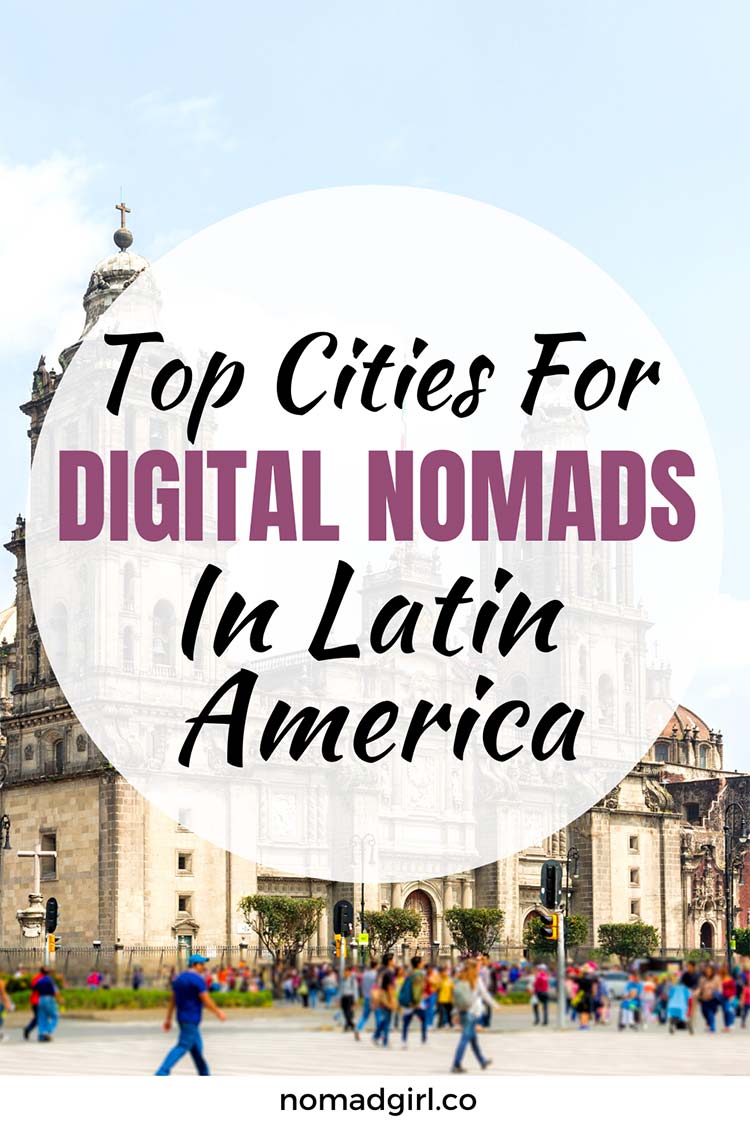Living in Rome – a dream for many. Unfortunately, for the majority, it’ll always stay just that, a dream.
But for those, however, who actually chase their desires, this dream could become a reality. You can spend your days walking through the ancient streets and your evenings enjoying fresh pasta in a local trattoria… It’s idyllic, to say the least. But what does it cost? Rome is famous for its beauty and history, but if you want to consider living there (permanently), you’ll want to know how far your money will go.
Rome definitely isn’t the cheapest place to live. According to Mercer’s Cost of Living Index (2024), Rome ranks 67th globally, meaning the Eternal City is in the top 30% of most expensive cities to live in.
Luckily, there are plenty of ways to manage your budget. What you’ll spend will depend on where you choose to live, how often you want to eat out, and how you get around. Some areas are cheaper, others are pricey, but it’s possible to enjoy everything the city offers without going into debt or struggling.
Average Cost of Housing for Digital Nomads
First, decide on how long you’ll stay in Rome and what kind of space you want. If you’re only going to be there for a month or two, Airbnb is the ideal choice for housing. In central areas like Trastevere or near the Vatican, a one-bedroom apartment can easily cost around 1,200-1,500 EUR. Perhaps even more. But if you’re okay with staying a bit further from the city centre, you can find places for 800-1,000 EUR a month.
If you’ll stay in Rome for longer than a few months, you can save money with platforms like Spotahome or by using local rental agencies. Shared apartments or co-living spaces are also an option. These are often designed for remote workers and cost between 400 to 700 EUR for a private room.
Of course, the price also depends on the neighborhood. Trastevere is trendy and more expensive, while places like San Lorenzo or Testaccio are more affordable. And you have to keep utilities in mind; electricity, gas, and water usually add about 100-150 EUR to your monthly expenses, plus an extra 25-35 EUR for decent internet.
The Price of Food and Essentials
You’ll likely be surprised by how affordable food can be, especially if you don’t always eat out. A meal at a local trattoria or pizzeria is usually around 10-15 EUR. If you go eat at a more touristy spot, that price can easily go up to 20 or more for a similar meal.
Coffee culture is strong in Rome. An espresso at the bar costs about 1 euro, with a cappuccino and a pastry for breakfast adding up to around 3 or 4 EUR. If you eat out every day, you’ll spend about 150-200 EUR a week, but if you’re willing to cook, your grocery bill will be much lower. Supermarkets like Conad, Coop, and Carrefour have great prices. The basics like pasta, bread, and produce are generally pretty affordable, with meat and cheese being a bit more expensive.
As far as other essentials go, a SIM card with mobile data from TM, Vodafone, or Iliad will cost about 10-15 a month. Gym memberships range from 30-35 EUR per month, and using the outdoor spaces is free.
Transportation
It’s fairly easy to get around Rome, and there are a few good options, depending on how much you want to spend and how far you need to go.
Public transport is really affordable, plus a single ticket will cost you 1.50 euros, with it being valid for 100 minutes on buses, trams, and the metro. If you plan to use public transport often, a daily pass is 7 EUR, and a monthly subscription is approximately 35 EUR. The metro has 3 main lines, and they cover most of the city, with buses/trams filling in the gaps. Also, buses and trams can be slow depending on the time of day.
Of course, you also have options like Uber and Free Now, but they’re more expensive. Cycling is also a great option. A bike rental Rome residents (and tourists, of course) use will usually offer bikes for the day, with some rentals offering bikes for longer periods.
Cycling is the perfect way to cut commuting costs, and it’ll give you the freedom to move around at your own pace.
Conclusion
Rome has so much to offer, and if you’re living there, you can soak up all those incredible everyday moments most people (especially one-day tourists) don’t get the chance to. And the cost of it all will depend on whether you want to go big or keep things simple.
One thing’s for sure – it’s doable and you should definitely go for it!


















